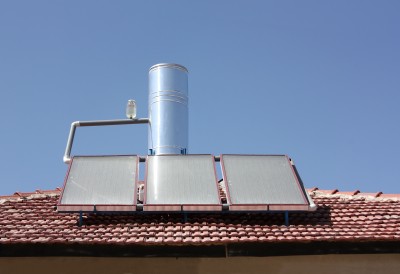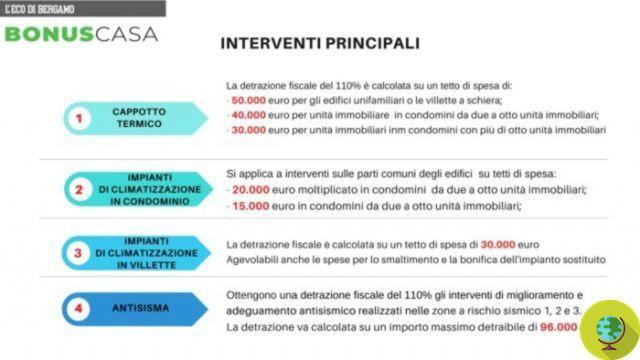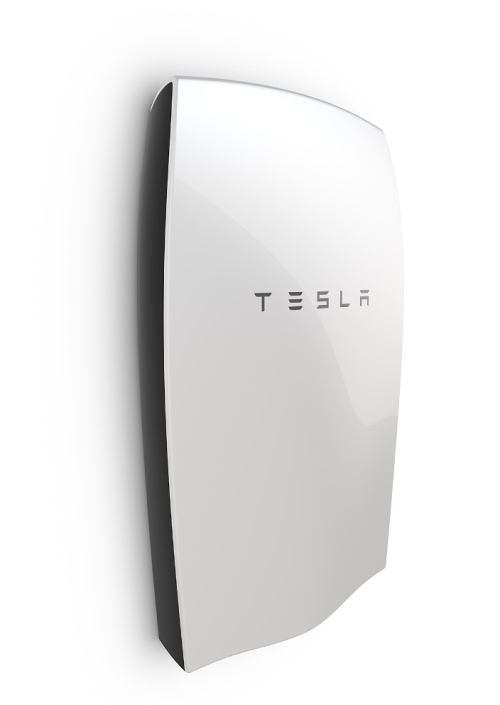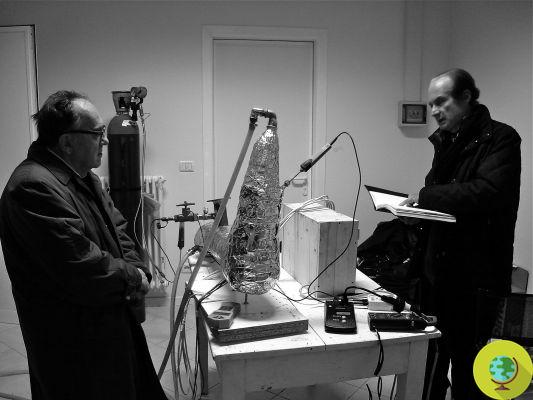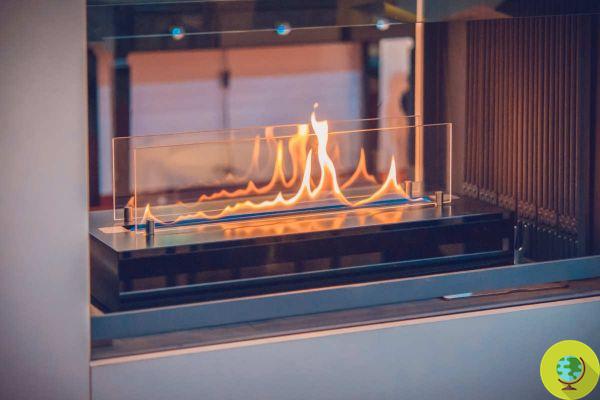
According to a test, oil stoves emit too many pollutants: CO2, formaldehyde and more. Ethanol fireplaces are no exception
He is about to end up run over, his mother saves himA new test by the French magazine 60 millions de consommateurs compared different oil stoves (or radiators) and found that these are generally responsible for too many CO2 emissions and toxic substances. Even worse were the emissions from ethanol fireplaces.
Oil stoves claim two main qualities: they heat up quickly and are easy to install, since they do not have a gas evacuation system to the outside.
Generally very efficient stoves, therefore, but how much do they pollute? To answer this question, the French consumer magazine tested eight of them (six electric convectors and two wick heaters).
Let's see what emerged.
The test results
The magazine's experts measured flue gases, potentially hazardous volatile substances, total volatile organic compounds (TVOCs) and fine particles.
As regards the carbon monoxide the results were satisfactory. How do you read:
“The tested stoves generate little carbon monoxide (CO) or nitrogen oxides (NOx)”.
But the good news ends there. CO2 emissionsIn fact, were found to be too high in all devices, with a concentration of around 5.000 parts per million (ppm) and, the magazine points out, well above the regulatory limit values, which vary between 1000 and 1500 ppm!
“This alone justifies avoiding the use of this type of device in homes” conclude the experts of 60 millions de consommateurs.
Then there is the problem formaldehyde, in particular in the two wick stoves. Formaldehyde, we recall, is a substance classified as a carcinogen and the test found levels of 44 and 55 μg / m 3, higher than the limit of 30 μg / m 3 recommended by the Agence de sécurité sanitaire (Anses).
The test also shows worrying emissions of total volatile organic compounds (TVOC).
Faced with these findings, the National Consumer Institute (INC, publisher of 60 Millions) recommends "Avoid using these auxiliary heaters" and calls for a change in the legislation "Given the significant risks to the health of users".
Ethanol fireplaces
The comparative test also analyzed two ethanol fireplaces, considered separately since they are not heating. They are in fact products sold mostly for their aesthetics, which should provide the same pleasure as a room where there is a traditional fireplace.
However, they are similar to stoves because they use a liquid fuel, ethanol, and are not connected to a gas disposal system. They are also powerful and capable, even if it is not their vocation, to heat environments.
But, we read in the magazine:
"from an air quality standpoint, ethanol fireplaces are a disaster"
The problem is mainly formaldehyde: the tested models have in fact reached 140 and 192 μg / m 3, thus exceeding the limit of 100 μg / m 3.
Emissions of benzene, another gas classified as a human carcinogen, were also too excessive.
In this case, the tested fireplaces also exceeded the limits for carbon monoxide. In fact, they went over 11 ppm, while the limit value for the protection of human health is 8 ppm.
Cast iron: 60 million consumers
Read also:
- Wood stoves, ecological or harmful to the environment and health?
- Cooking roasts causes indoor pollution worse than New Delhi
- The 5 ways to heat your home and save energy









